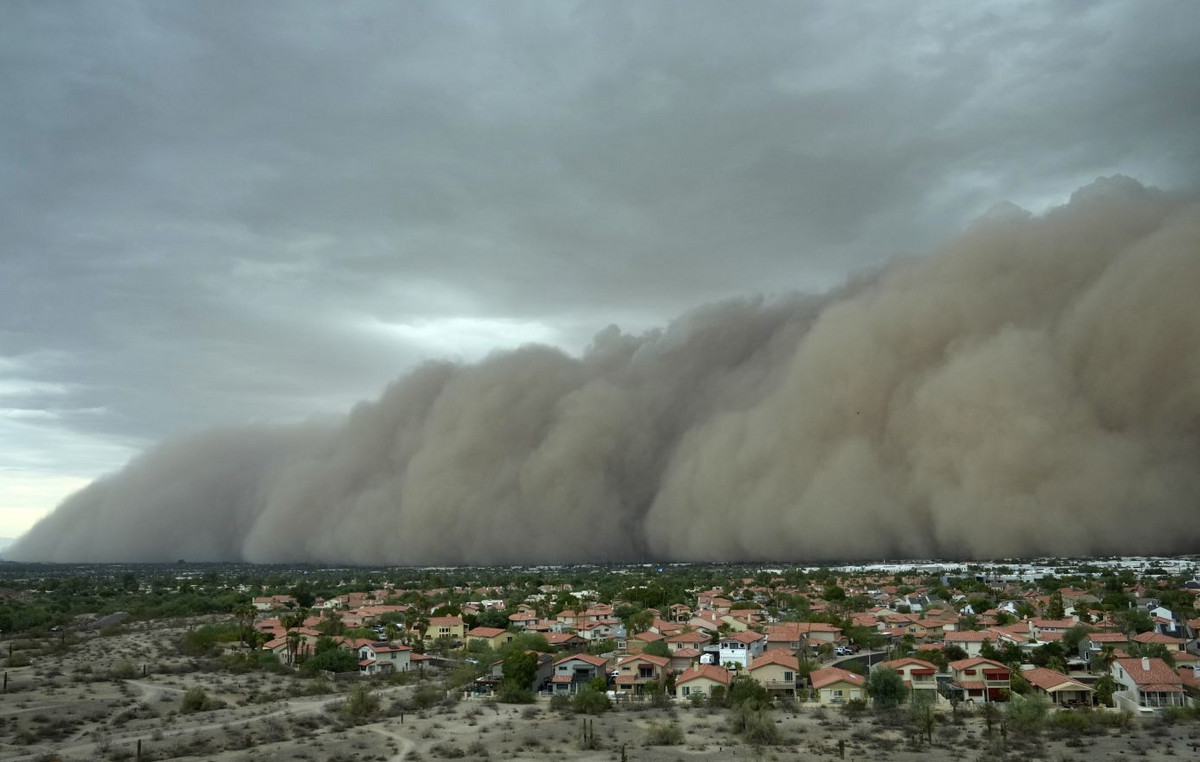Accidents with venomous animals represent a serious public health problem, especially in tropical countries like Brazil. The sequelae caused, mainly by the bite of snakes, bring social and economic impacts due to the impairment of the victims’ work capacity.
The Pan American Health Organization (PAHO) estimates an incidence of more than 57 thousand cases of snakebites each year on the continent. Scorpion envenomation is even greater, reaching around 120,000 and 300,000 in Brazil and Mexico alone, respectively.
In general, cases are associated with attacks by snakes, spiders, scorpions, centipedes and caterpillars. In this Wednesday’s edition (27) of the Medical Correspondentfrom Novo Dia, neurosurgeon Fernando Gomes explained that accidents can also be caused by aquatic species, including jellyfish, stingrays and sea urchins.
“In nature, everyone tries to defend themselves and, in some way, preserve the integrity of their own species. A natural way for animals to do this is through the existence of substances that ensure that their integrity is preserved”, explains the specialist.
Prevention
The Butantan Institute, which carries out studies on venomous animals in the country, recommends measures to prevent accidents.
For avoid contact with snakes, closed shoes, preferably high top shoes, should be used when walking in environments such as woods, trails and forests. The use of thick gloves, when handling dry leaves, garbage, firewood and rubble, also helps to reduce the risk of bites.
THE keeping environments such as backyards and gardens clean and with grass trimmed helps to avoid the presence of spiders, scorpions and centipedes. Contact can be avoided by wearing shoes and gloves during gardening activities. Avoid putting your hands in holes, under rocks and on rotting logs. Indoors, try to keep beds and cribs away from the walls and shake and check clothes and shoes before using them.
the contact of taturanas (caterpillars) with the skin can cause burns in the skin. Accident prevention includes care when handling tree trunks, plants in the garden and cleaning leaves.
Most spiders that live in cities are not poisonous, says Butantan
Most of the spiders that appear in environments such as homes and businesses are harmless, according to the Butantan Institute. Among the species that can cause health problems are the brown spider and the wandering spider.
the poison of Brown spider can cause necrosis at the bite site and, without proper treatment, can lead to death. About three centimeters long, the species is nocturnal and usually lives behind furniture, leaning against walls or in garages and basements.
Already the spools they can reach up to 17 centimeters in length, they live among the leaves and branches of the bushes around the houses. They may go out at night to hunt for insects, when there is the greatest risk of contact with people in places like closets and shoes.
Five species of scorpions have relevance in Brazil
Us scorpion accidents, poisoning happens from contact with the stinger. Predominant in the tropical and subtropical zones of the world, scorpions have a higher incidence in the hot and humid months.
According to the Ministry of Health, at least five species of the genus Tityus are of public health importance in Brazil: yellow scorpion (T. serrulatus), brown scorpion (T. bahiensis), northeastern yellow scorpion (T. stigmurus) and the black Amazon scorpion (T. obscurus).
Widely distributed across the country, the yellow scorpion represents the species of greatest concern due to the greater potential for poisoning severity and easy adaptation to urban environments.
Prevention measures are similar to those recommended against spiders, including combating the proliferation of cockroaches and avoiding putting bare hands in holes, under stones and rotting logs.
Risks of aquatic species
Jellyfish and caravels are aquatic animals capable of injecting venom, used for prey capture and defense.
According to the Ministry of Health, accidents by jellyfish and caravels consist of the clinical picture resulting from the action of toxins present in the tentacles of these animals, which can cause toxic and allergic effects. Contact can cause burning or intense pain at the site, which can last from 30 minutes to 24 hours.
Prevention measures include avoiding areas where jellyfish and caravels are present; do not touch these animals, even dead ones; wear shoes when walking on the beach and wear wetsuits that cover as much of the skin as possible.
Source: CNN Brasil







